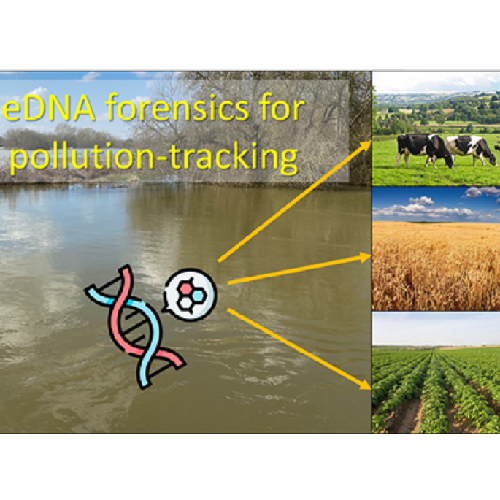Excess fine-grained sediment and associated organic matter loadings are pervasive in aquatic habitats globally as a result of land use and climate change. Reducing the sediment-associated environmental footprint of intensive farming in agricultural landscapes is particularly challenging. Recent estimates suggest that across England and Wales, excess sediment loss to rivers, in exceedance of modern (pre-World […]
Read More
Oceanographic features (e.g. fronts, gyres and eddies) are known to aggregate pelagic forage fish and thereby shape the space use of marine predators. These features are dynamic and changes in their characteristics (e.g. strength, persistence, position) has consequences for prey availability. Less well known is how variation in oceanographic conditions influence the fine-scale foraging behaviours […]
Read More
Human activities are placing incredible pressure on the natural world and impacting population sizes of wild organisms, but the consequences of severe population decline in the wild is poorly understood. Survival of species experiencing such declines may be hampered by a limited ability to adapt to changing environments, reduced fertility and greater susceptibility to disease […]
Read More



